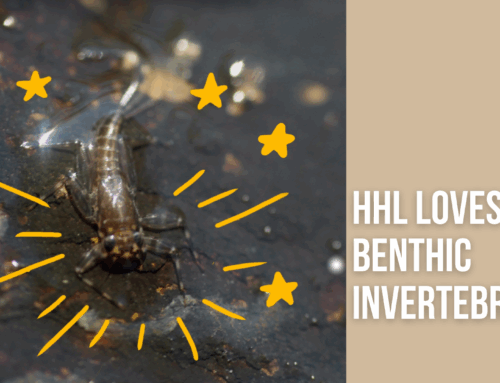ICYMI: The FERN Newsletter has been released!
Invasive, non-native, exotic – these are all names attributed to plants and animals that have come from other places and have overwhelmed local ecosystems with their overwhelming abundance and impact on local species. It’s not their fault that they’re here, and we still have much to understand about how to live in relationship with them in the face of a changing climate and an uncertain world. Postdoctoral scholar Dr. Courtney Robichaud addressed one aspect of the relationship with Phragmites through an ecosystem-scale experiment on Phragmites removal during their PhD at the University of Waterloo. Phragmites are a rapidly growing species that can quickly overwhelm wetlands with their abundance and density. The cause of this challenge lies in their ability to form underground root networks and sprout elsewhere, giving them an enhanced ability to displace native plants. An effective way to manage their proliferation is through herbicides.
Herbicides with the active ingredient glyphosate has been approved for Phragmites management in Canada, but how long does it remain in the environment? Are they effective and what are the short vs long term impacts to other plants and ecosystem health?
Liber Ero post-doctoral fellow Courtney Robichaud discusses the impact of different herbicides on our wetlands in our FERN newsletter!
Read more in the FERN newsletter! (Download your copy from HHL’s Figshare through this link: https://tinyurl.com/hhl-fern-newsletter)





